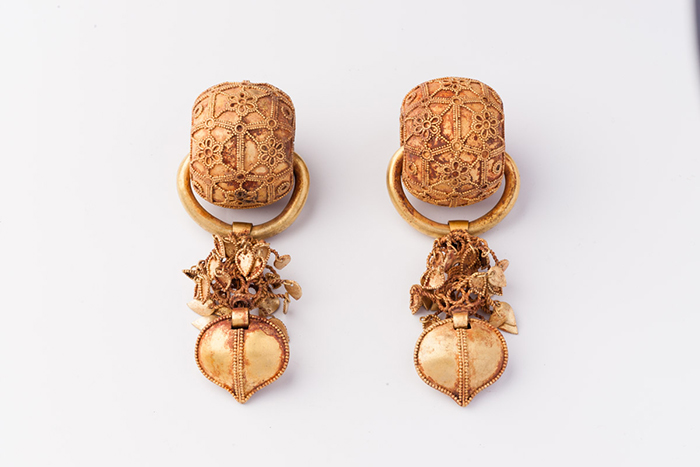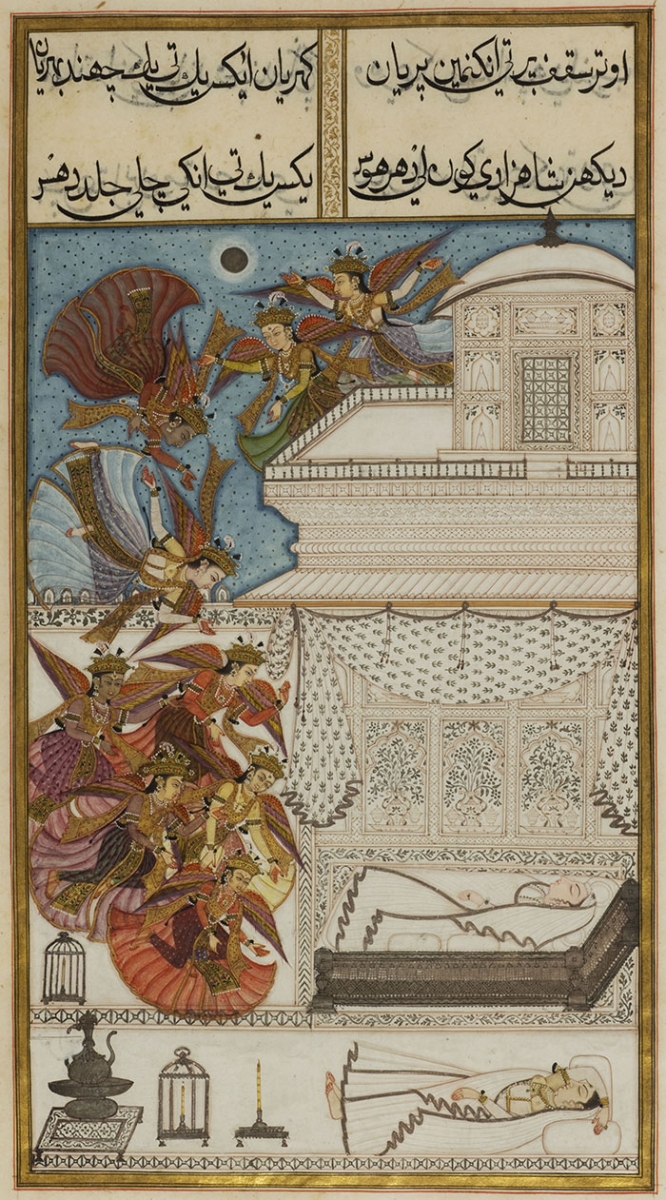
As we look towards Asia Week New York's tenth anniversary in March 2019, we're also taking a look back at the event's most memorable works of art. This is part 1 of a multi-part series in which we will be showcasing the most important objects sold by our participants over the last decade. Check back here often or subscribe to our newsletter to stay updated. To start, scroll down to read the accounts of three of our participating dealers:
ONISHI GALLERY'S “RING OF FLOWERS”

Tokuda Yasokichi III (1933-2009), Living National Treasure
Plate Rinka (Ring of Flowers)
2000
Porcelain with vivid colored glazes (yôsai)
h. 4 x dia. 22 inches
This stunning, vividly colored porcelain piece “Ring of Flowers” by Japanese Living National Treasure Tokuda Yasokokichi III was exhibited at Onishi Gallery during Asia Week New York 2013 and was acquired by The Metropolitan Museum of Art through the William R. Appleby Fund. It is now on view at the Met in the Contemporary Japanese Ceramics gallery.
INTRICATE GOLD EARRINGS AT SUSAN OLLEMANS

A large pair of gold filigree drop earrings from the Silla Period, 6th Century, Korea. Length: 8.7 cm.
Gold earrings were worn by both men and women of the Silla and Gaya elite, and are the most prevalent type of jewelry found in tombs. Goldsmith techniques on display here range from simple hammering to the more complex method of granulation, in which tiny gold beads were adhered to the surface to create intricate designs.
The earrings were sold to the Brooklyn Museum of Art in 2013. Similar examples exist in the collections of the National Museum of Korea in Seoul, and The Metropolitan Museum of Art in New York.
A DECCANI MINIATURE AT OLIVER FORGE & BRENDAN LYNCH

An Illustration to a Romance Written in Deccani Urdu, the Gulshan-i 'Ishq (Rose Garden of Love) by Nusrati, Court Poet to Sultan 'Ali Adil Shah II of Bijapur (r.1656-72 A.D.):
Angels descend from the heavens to visit a princess
Deccan, India, circa 1700-20
Opaque watercolour on paper heightened with gold and silver
Miniature: 22.3 by 14.4 cm.; 8 ¾ by 5 5/8 in.
Page 39.5 by 23.5 cm.; 15 ½ by 9 ¼ in.
“This painting was bought by an English collector, Mr. and Mrs. Jeremy Lloyd, one of seven offered at Christie’s in 1979,” explain the dealers. “In 2010 the Lloyds asked us to sell their collection and, via our Asia Week New York 2011 catalogue, we were able to establish not only the great significance of the manuscript from which the painting comes, but that of this particular painting.”
The unique design and palette of this evocative Deccan night-scene painting dramatically contrast the cascade of colour heralding the descent of the angels with the monochrome world of the cool, silent, moonlight-suffused palace. This is probably the finest page from what is unquestionably the finest Deccani manuscript of the period, outstanding for its calligraphy, its superb technical accomplishment and its poetical fantasy. The unpublished colophon (Christie’s, 1979) notes that the work was written by an unnamed author who ‘lived during the reign of ‘Ali ‘Adil Shahi, under whom I grew prosperous’. This would be ‘Ali ‘Adil Shah II of Bijapur (b. 1637) who ruled 1656-72 A.D., although there was no indication of a royal patron for the manuscript.
The painting was acquired by The Metropolitan Museum of Art, where it is currently on view in their Islamic Art galleries.
